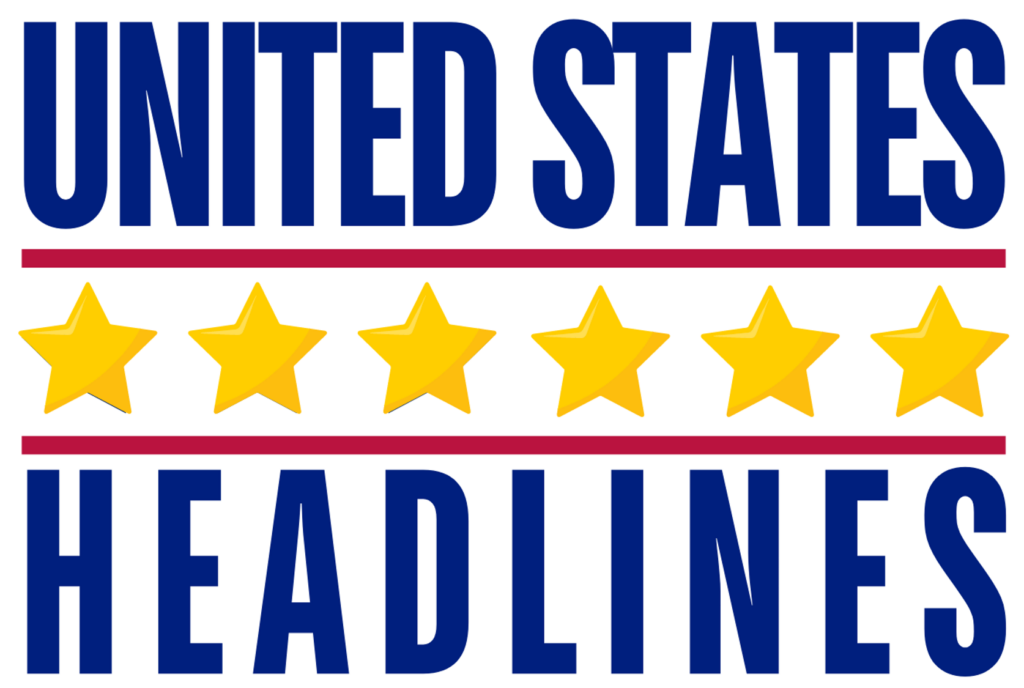Apia, Samoa – July 23, 2023 – Presslink Media, A well-written press release is an effective tool for informing the public and media about significant news and events. You may engage your target audience, establish credibility, and increase visibility with its assistance. Adhering to optimal procedures can maximize the effect of your press release, regardless of whether you’re revealing a new product, a significant business achievement, or an impending occasion.
A Comprehensive Guide for Composing a Press Release
1. Make a Compelling Headline First
Since readers will see your headline first, make sure it’s interesting and educational. It should briefly summarize the headline news or press release’s important points. Keep it brief—under 70 characters is ideal—and use action phrases.
2. Write a Captivating Lead Text
A synopsis of the press release that addresses the who, what, when, where, why, and how questions should be included in the lead paragraph. It ought to pique the reader’s interest and motivate them to keep reading. Make sure it’s succinct and direct, and concentrate on the most noteworthy details.
3. Provide Comprehensive Details in the Body
The information in the lead paragraph should be expanded upon throughout the news release’s body. Make use of the structure below:
- Second Paragraph: Give more background information and context.
- Third Paragraph: To give credibility and a personal touch, use quotes from important stakeholders, such as business executives or industry experts.
- Fourth Paragraph: Provide further information to bolster your news, such as data, case studies, or particular cases.
4. Speak with a Clear Tone
Even though it’s crucial to be interesting, the press release should seem professional the entire time. Steer clear of technical terms and jargon that could mislead readers. Write in the third person and utilize the active voice.
5. Use Appropriate Keywords
Include pertinent keywords that your target audience is probably using to find information about your press release. This enhances search engine optimization (SEO) and raises the possibility that people will find your press release online.
6. Include Multimedia Components
Adding multimedia components to your press release, such as pictures, videos, and infographics, can increase its shareability and engagement. Make sure that any multimedia material is of the highest caliber and pertinent to the news that is being released.
7. Give Your Contact Details
Provide the contact details of a representative of the company who can respond to inquiries and offer more details. Name, title, phone number, and email address are usually included in this.
8. End with a Boilerplate
A boilerplate is a standard paragraph that offers background information about the firm or group at the end of a news release. It should be brief and contain important information about the organization, its goals, its offerings, and any noteworthy accomplishments.
Top Tips for Press Release Distribution
1. Select the Appropriate Distribution Channels
Choose the distribution methods that will most likely get your intended audience. This could include social networking sites, email distribution lists, wire services, and your business website. Since every channel has advantages of its own, combine them to increase reach.
2. Schedule Your Release Strategically
When scheduling your press release, take into account when it will receive the most attention. Steer clear of important holidays and weekends, when there is usually less media coverage. Try to time the release to coincide with important news cycles or industry events.
3. Follow Up with Media Contacts
Following up with important media contacts to make sure they received your press release and to provide more details or interviews is a good idea. Make your follow-up correspondence unique and show consideration for their time.
4. Track and Evaluate Outcomes
By keeping an eye on media attention, website traffic, social media interaction, and other pertinent data, you can monitor the effectiveness of your press release. This can assist you in evaluating the success of your press release and pinpointing areas in need of development.
5. Remember Your Audience
When composing and publishing a press release, keep your intended audience in mind at all times. Make sure your message is relevant to their needs and interests by using language and examples that they will understand.
Typical Errors to Avoid
1. Formulating an Inexact Headline
A title that is too general or ambiguous will not draw the reader in. Make sure the important news is conveyed in a clear and concise manner in your headline.
2. Overloading with Information
Although it’s crucial to give the reader as much information as possible, try not to bore them with long paragraphs or an excessive amount of material. Don’t forget to be succinct and to the point.
3. Ignoring Search Engine Optimization
Press release visibility may be restricted if search engine optimization is neglected. Make use of pertinent keywords and adhere to SEO best practices to improve your online visibility.
4. Neglecting to Proofread
Grammatical mistakes and typos can damage your trustworthiness. Make sure you proofread your press release several times and ask someone else to give it another look.
5. Ignoring the Human Factor
Adding quotes and anecdotes from your own life helps humanize and enhance your press release. Inform your audience with a tale that will connect with them instead of merely providing the facts.
By following these steps and best practices, you can create effective press releases that capture attention, convey your message clearly, and achieve your communication goals. Press release proficiency is crucial for effective media relations and brand communication, regardless of experience level in the industry.
Contact Information
Presslink Media
Email: inquiry@presslink.media
Website: www.presslink.media

